In the world of amateur radio, maintaining proper etiquette and adhering to regulations is crucial to ensure a harmonious experience for all operators. However, sometimes violations occur, leading to significant consequences. One such case involves a hefty $188,000 fine imposed on a ham radio operator for failing to identify himself and causing harmful interference.
The Incident
In March 2020, the Federal Communications Commission (FCC) enforced a substantial fine on Jerry Matney, KC5CSG, of Lake Charles, Louisiana. This action was a result of complaints filed back in 2017, indicating that Matney was causing intentional interference and failing to identify himself on the local repeater network. The FCC's investigation revealed that Matney was generating digital noise into an analog radio, thereby disrupting the communications of other operators.
The FCC's enforcement case, prompted by numerous complaints, culminated in a Notice of Apparent Liability (NAL) issued in July 2018. Despite Matney's response to the NAL, the FCC affirmed the fine in a forfeiture order on March 12, 2020. The FCC agents had observed Matney's actions firsthand, using direction-finding equipment to pinpoint the source of interference to his location.
Matney's Defense
Matney contested the FCC's findings, arguing that his radio equipment was not capable of operating on the frequency in question. He suggested that the FCC agent had made an error in their determination. Additionally, Matney claimed he was unable to pay the fine and requested the FCC to access his financial information to verify his claim.
Despite these defenses, the FCC countered that the radio observed at Matney's residence was indeed capable of operating on the disputed frequency. As such, the FCC remained unpersuaded by Matney's arguments and upheld the fine. The FCC noted that Matney failed to provide the necessary proof of his inability to pay, as required by the NAL.
The FCC's Stance
The FCC's rigorous enforcement actions highlight their commitment to maintaining order and compliance within the amateur radio community. Direction-finding techniques and firsthand observations by FCC agents ensure that violators are accurately identified and held accountable. The FCC's decision to involve the Department of Justice for enforcement, should the fine remain unpaid, underscores the seriousness of such violations.
Reflection on the Case
This case serves as a stark reminder to all amateur radio operators about the importance of adhering to FCC regulations. Intentional interference and failure to identify oneself not only disrupts the experience for others but also carries severe penalties. Operators are encouraged to familiarize themselves with the rules and operate within the legal framework to avoid such repercussions.
Conclusion
The $188,000 fine imposed on Jerry Matney, KC5CSG, for causing interference and failing to identify himself underscores the FCC's dedication to enforcing compliance in the amateur radio community. This case illustrates the importance of proper conduct on the airwaves and serves as a cautionary tale for operators who might be tempted to flout the rules.
Maintaining a respectful and compliant presence on the airwaves ensures a positive experience for all operators and upholds the integrity of the amateur radio community.


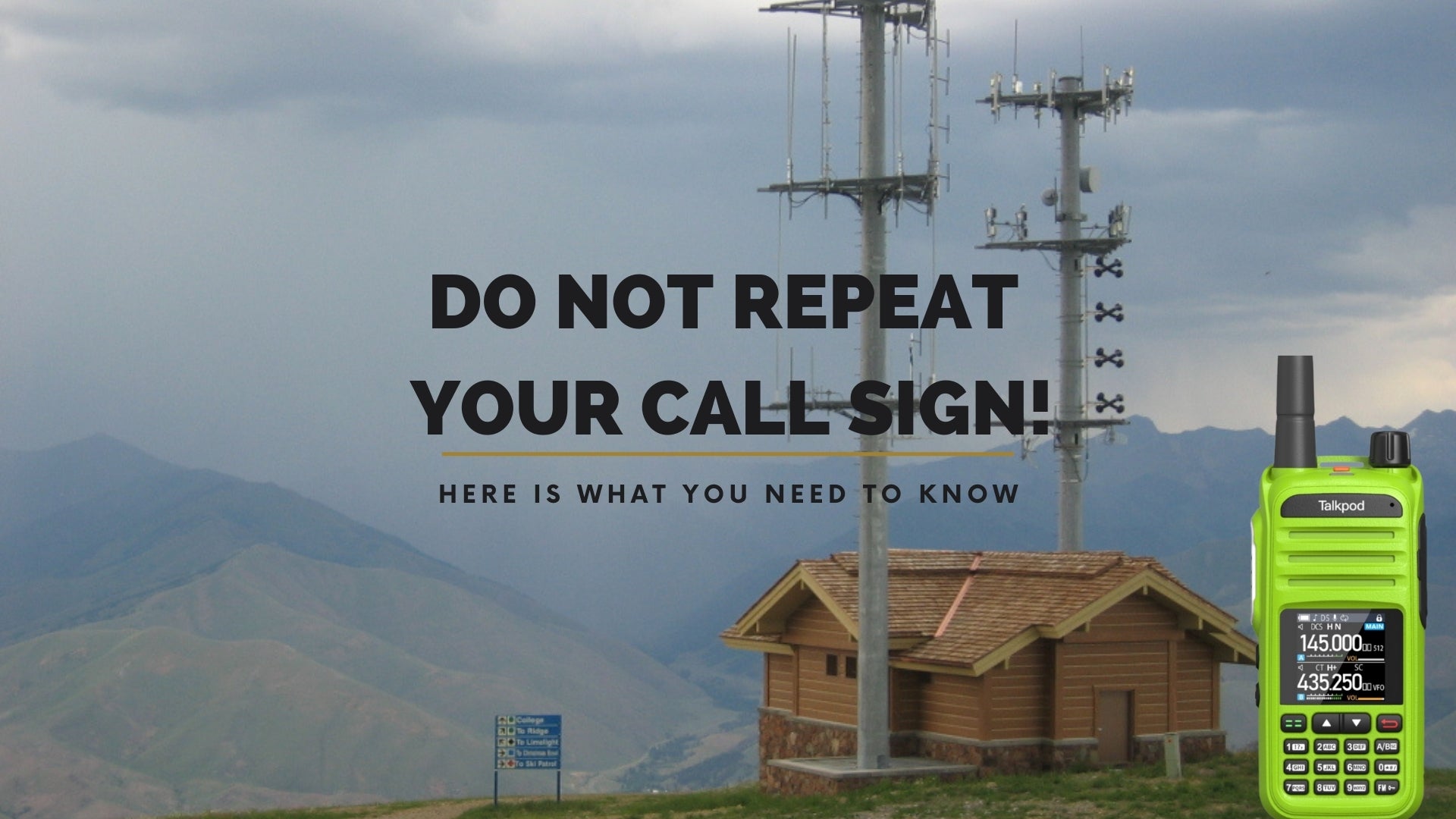
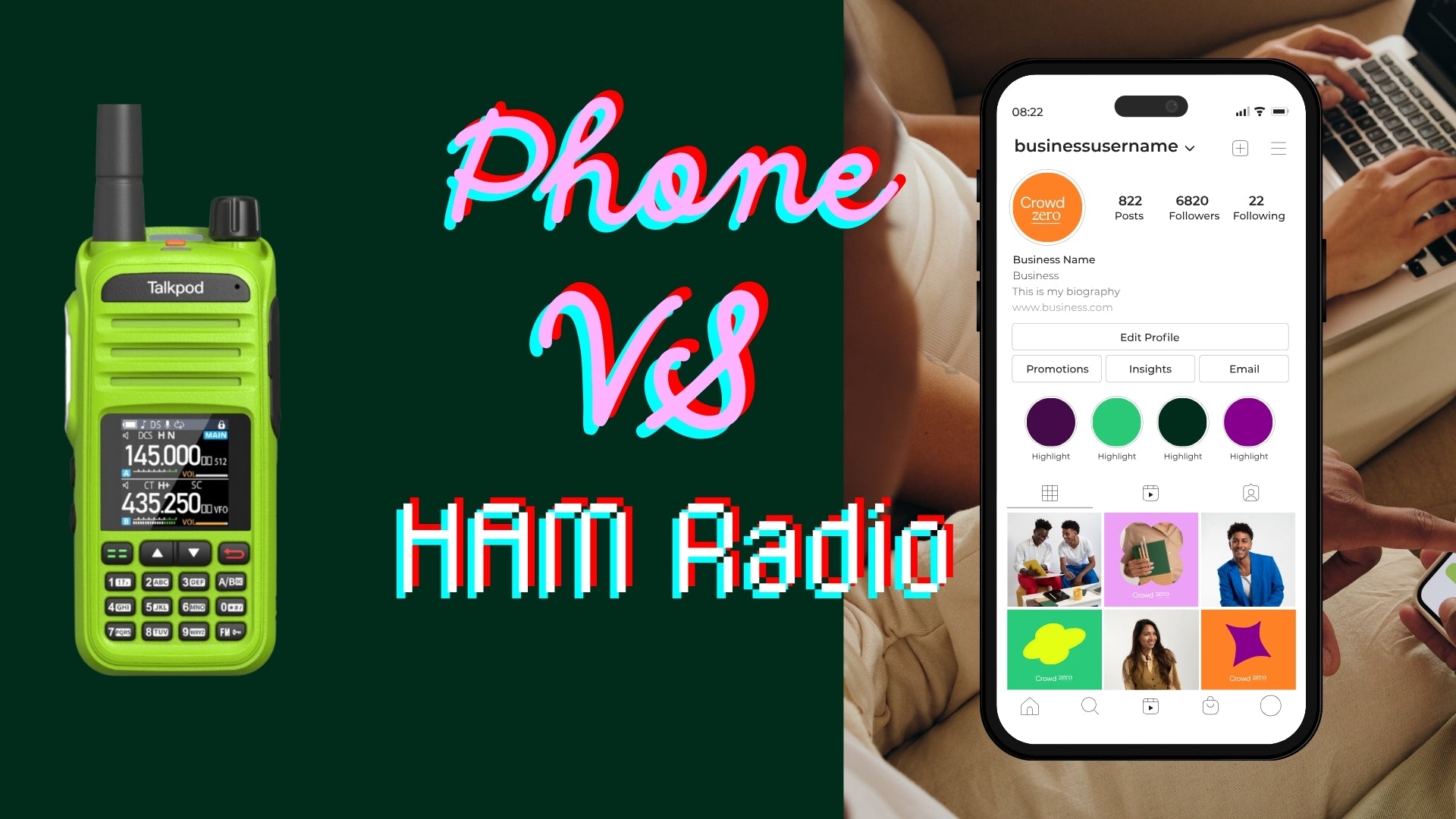
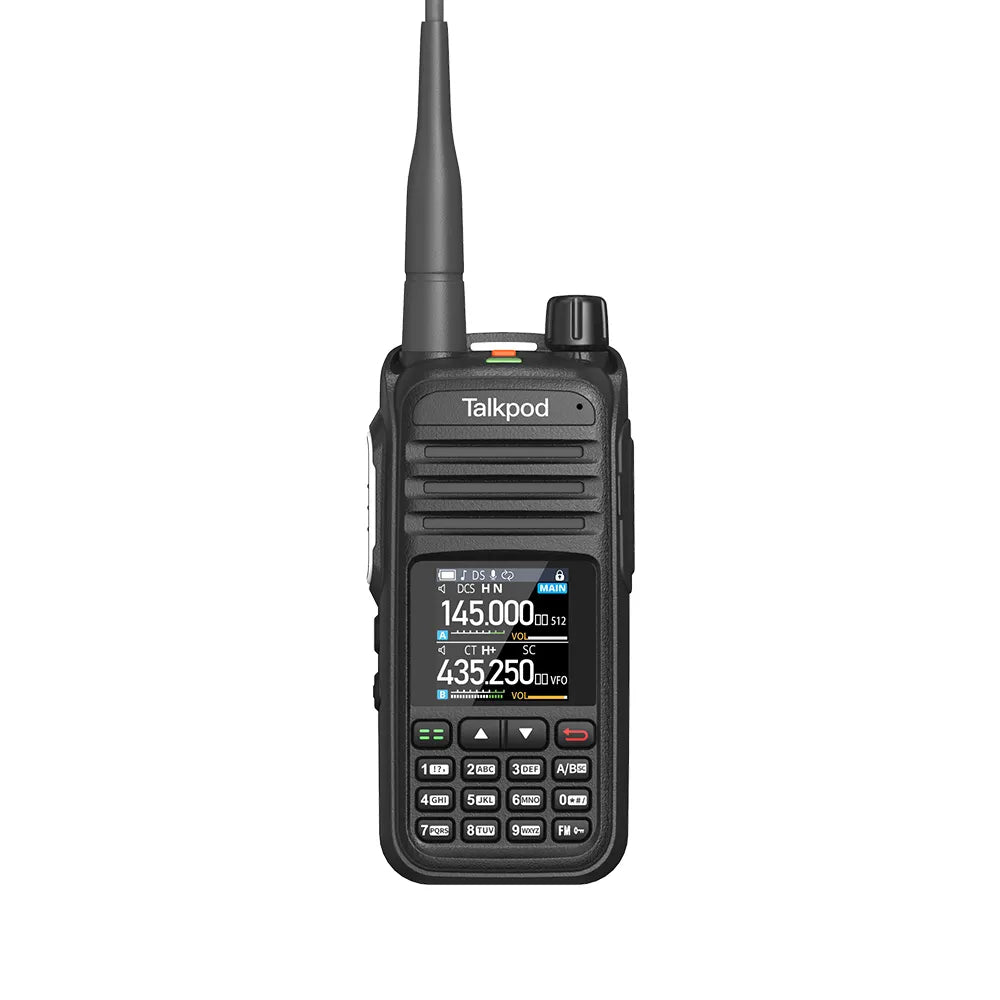
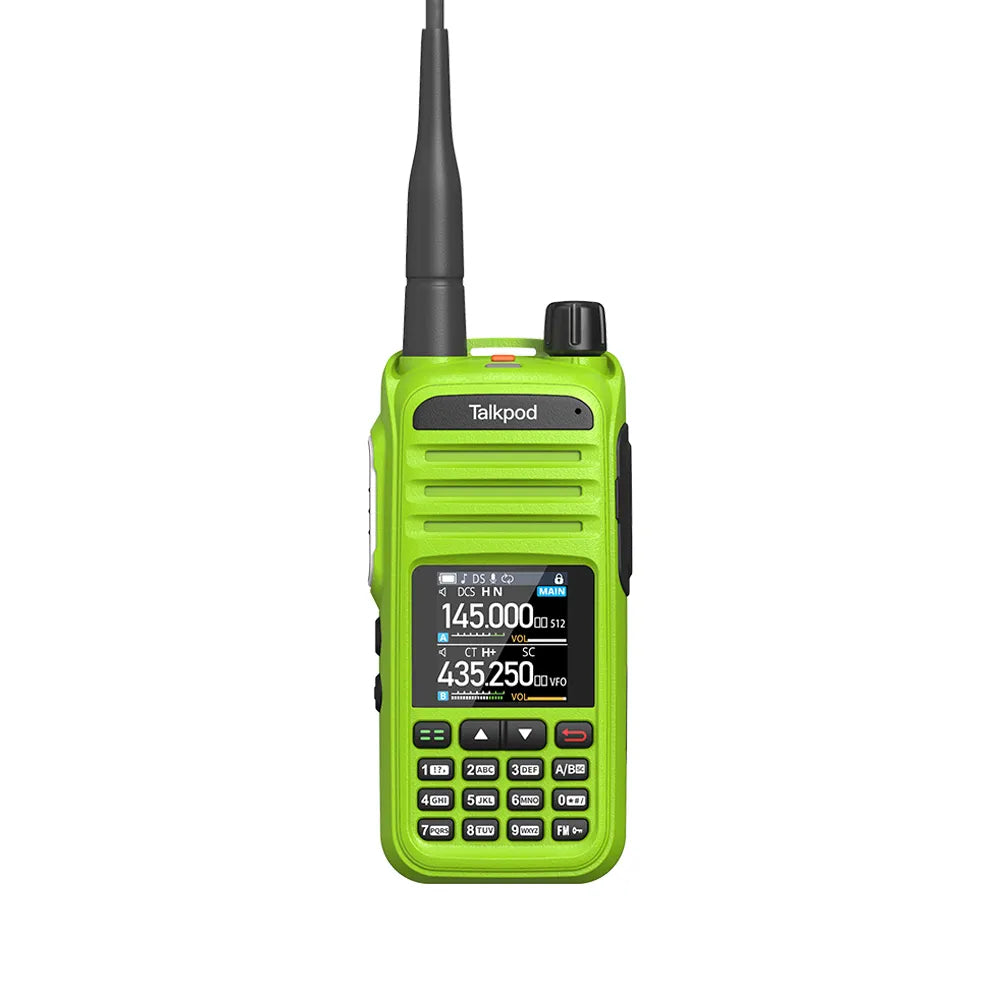


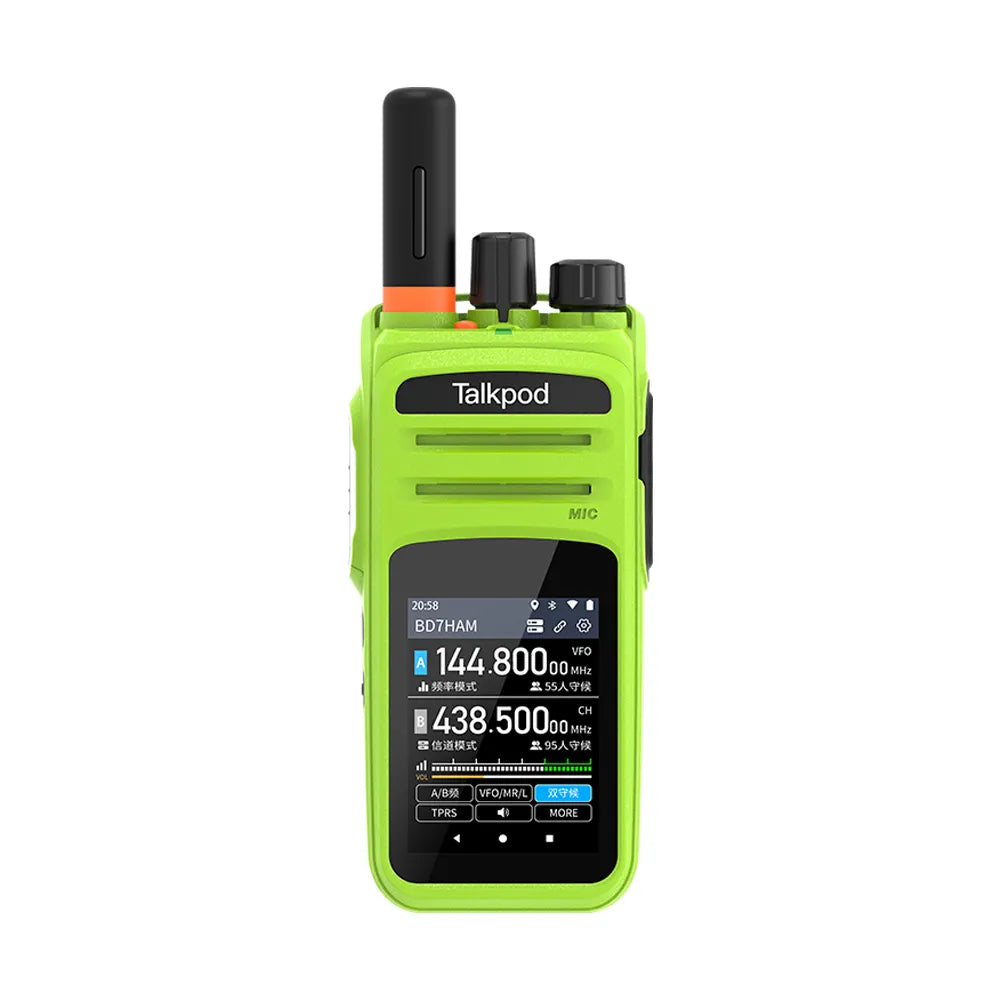
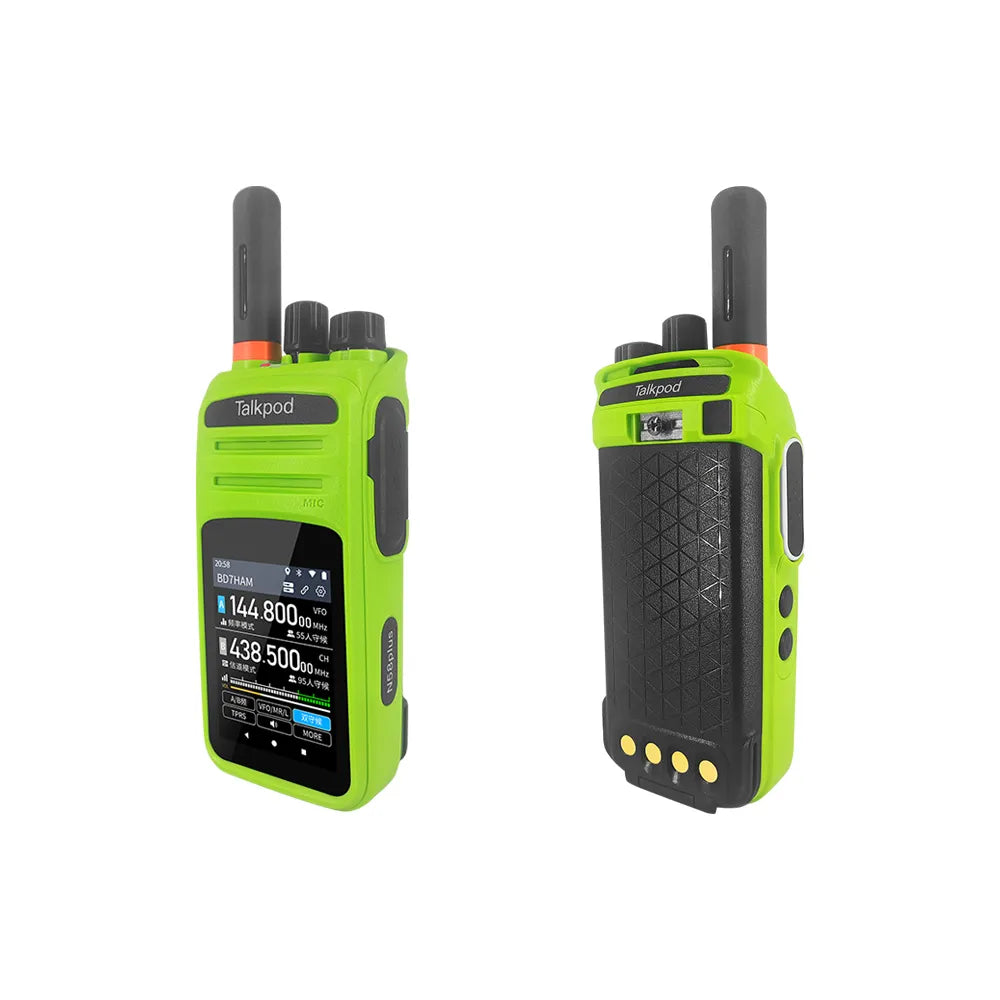
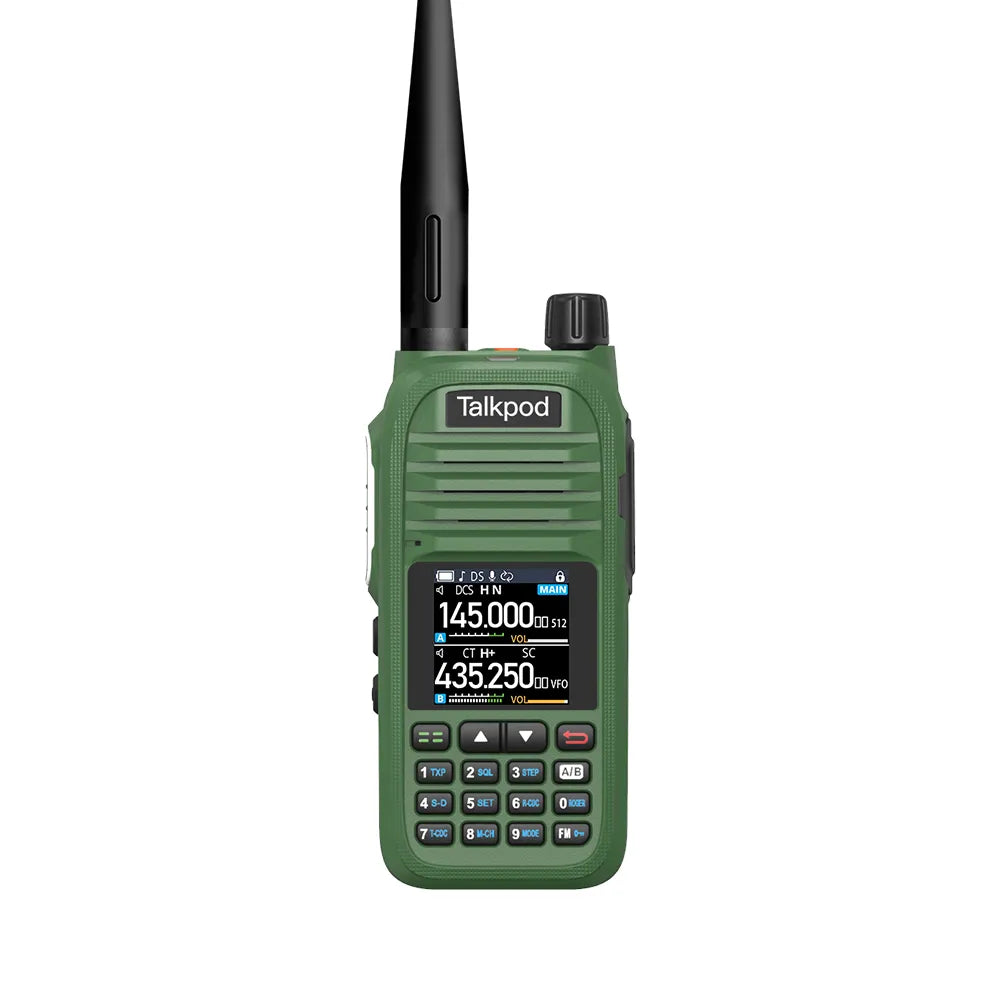
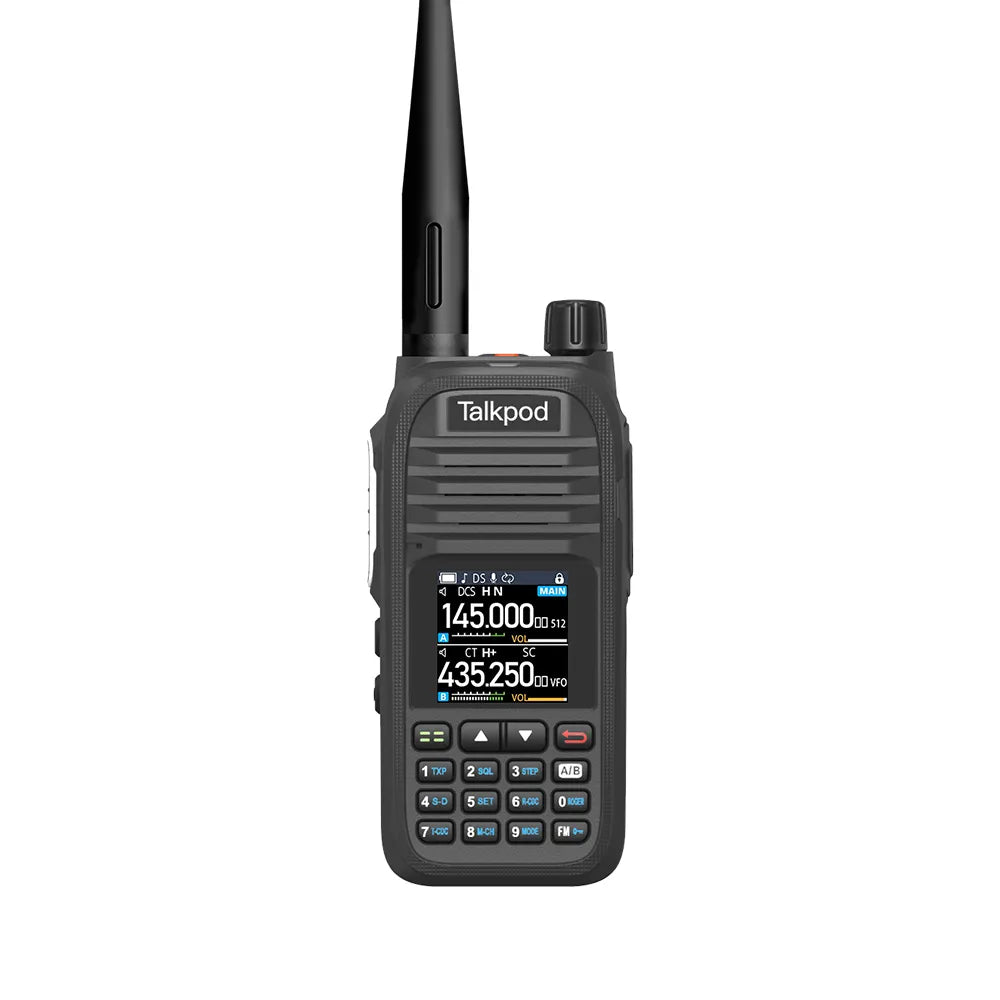
Leave a comment
All comments are moderated before being published.
This site is protected by hCaptcha and the hCaptcha Privacy Policy and Terms of Service apply.